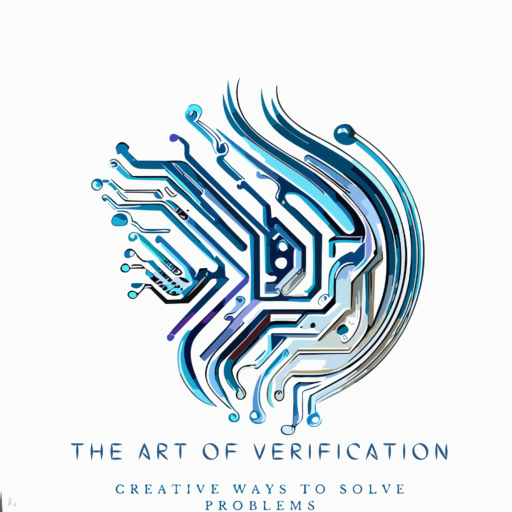Debugging is an Art, not a Science in Design Verification: Embracing the Human Touch
Introduction: In the realm of Design Verification, debugging stands as a crucial process for uncovering and rectifying issues that may compromise the functionality, reliability, and performance of complex chip designs. While the term “debugging” might imply a scientific approach, it is truly an art form that requires a delicate balance of technical expertise, creativity, and human intuition. In this article, we will explore why debugging is best viewed as an art rather than a science, backed by real-time examples from the world of Verification Engineering.
The Mystery of the Elusive Bug: Imagine a scenario where a team of Verification Engineers is diligently verifying a new IP/SoC design. Everything seems to be in order until a peculiar bug appears out of nowhere, causing intermittent failures that defy conventional reasoning. This is where debugging truly takes on an artistic dimension. Instead of relying solely on logical deductions and scientific methods, engineers must tap into their intuitive problem-solving skills to unravel the underlying mystery. It is the art to investigate clues, following hunches, and connecting seemingly unrelated pieces of information.
The Art of the Sherlock Holmes: Much like the famed detective Sherlock Holmes, Verification Engineers must possess a keen eye for detail and an ability to think outside the box. They meticulously examine every piece of evidence, scrutinize code, review waveforms, and analyze test results to deduce the root cause of the issue. The process often involves crafting custom test scenarios, generating specific stimuli, and observing system responses with an artistic touch. This holistic approach allows engineers to view the design from multiple perspectives and uncover hidden defects.
- Real-time Example: Consider a scenario where a memory read/write issue is causing failures in a design. While the conventional scientific approach may involve analyzing the read/write waveforms and comparing them against the expected behavior, the artistic debugging process could entail exploring the architectural aspects of the memory subsystem, understanding the intricate timing constraints, and creatively devising test cases that stress the system in unexpected ways. This artistic exploration could lead to the discovery of race conditions or synchronization issues that may have been overlooked initially.
The Dance of Intuition and Experience: The art of debugging is not solely reliant on technical expertise but also on the human touch of intuition and experience. Seasoned Verification Engineers have accumulated years of knowledge, witnessing and resolving a myriad of design issues. This wealth of experience helps them recognize patterns, anticipate potential pitfalls, and draw upon their intuition to guide their investigation. Debugging becomes an art when engineers trust their instincts, leveraging their past encounters to navigate through complex design landscapes.
- Real-time Example: Imagine a scenario where a team encounters a deadlock issue in a multi-threaded design. While the scientific approach might involve examining the synchronization mechanisms and analyzing the code for potential race conditions, the artistic debugging process might involve drawing upon past experiences with similar issues and intuitively focusing on specific areas of the design that are prone to deadlock situations. This nuanced approach, shaped by years of experience, often leads to the identification of the root cause more efficiently.
The Art of Communication: While debugging often involves individual efforts, it is not an isolated endeavor. Collaboration and effective communication are vital in a design verification team, fostering an environment where engineers can share insights, bounce ideas, and collectively solve complex problems. The art of communication extends beyond technical discussions; it involves empathy, active listening, and the ability to articulate thoughts and findings to both technical and non-technical stakeholders.
- Real-time example: In a complex project involving multiple teams, a verification engineer might be confronted with an elusive bug that eludes traditional debugging techniques. By engaging in open dialogues with colleagues, cross-functional teams, and even end-users, they can gather diverse perspectives and information. Through effective communication, they gain access to valuable insights, enabling them to approach the problem from different angles and ultimately find the root cause.
Conclusion: Design Verification is a multi-faceted discipline that demands both scientific rigor and artistic finesse. Debugging, as an integral part of the verification process, should be regarded as an art form rather than a purely scientific endeavor. By embracing the artistic nature of debugging, Verification Engineers can tap into their creativity, intuition, and experience to unravel complex design issues. The ability to think beyond the confines of logic and experiment with different perspectives sets the stage for innovation and success in the world of Design Verification. So, let us appreciate the artistry of debugging and continue to refine our skills as we venture into the ever-evolving landscape of electronic design.





